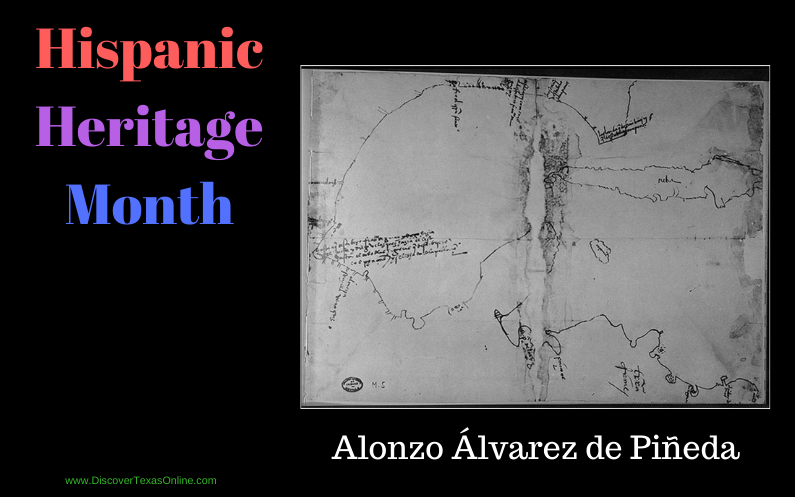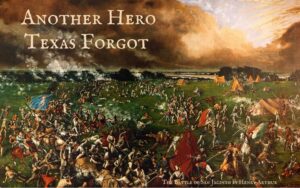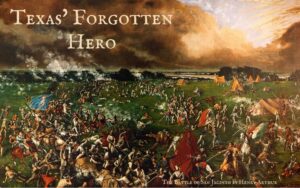
The Spanish government had a big problem. Their explorer, Hernando Cortez, had turned into a power-hungry renegade. In 1519, Alonzo Álvarez de Piñeda was sent to intercept him.
Piñeda is a shadowy figure in Texas history. Bernal Díaz del Castillo, eyewitness historian of the Mexican conquest, identifies Piñeda as commander of four ships sent by Francisco Garay, Spanish Governor of Jamaica, to confront Hernando Cortez on his expedition to conquer Mexico. This is the only contemporary source document to mention Pineda’s expedition.
Some sources report that the king of Spain wished to remove Cortez as ruler and put Garay in his place. Others say that Garay was attempting to benefit politically by seizing a portion of the lands won by Cortez, who sailed only six weeks before. Whichever was true, Piñeda left Jamaica in 1519 with four ships and 270 men sailing under the Spanish Cross. In addition to stopping Cortez, he was also ordered to map the Gulf of Mexico and seek a water route to India.
Piñeda’s landing party of three was ambushed by fifty of Cortez’ men, who stole their clothing and signaled Piñeda to land. Instead, he sent out a second landing party of twelve. Four of this party jumped into the surf to claim the land for Governor Garay. When they were seized, as well, the remaining men returned to the ships which then fled for safety.
Piñeda’s weather-worn ships put in for repairs at the mouth of a river they called “Rio de las Palmas,” River of the Palms, claiming all that region, which they called Amichel, for the King of Spain. Historians debate whether this river was the Rio Grande, Mexico’s Soto la Marina, or Rio Panuco, where Piñeda later set up a colony. While his men repaired the ships, Piñeda and a party of soldiers explored the land along the river for forty days. They encountered numerous Indian villages, exchanging gifts and information using hand signs.
Piñeda and his men returned to Jamaica disappointed. They had failed to oust Cortes; they had found no gold or silver, and they had not discovered a short-cut to India as they had been ordered. However, they were the first Europeans to set foot in Texas, they had proven that Florida was not an island, they discovered the Rio Grande and claimed all the land north of it for Spain, and they created an excellent map of the Gulf of Mexico.
I’d call Piñeda’s mission a great success!
*This article was drawn from the Discover Texas History curriculum/Volume II-Explorers.*



